
ALTER Foreign & Domestic, New York, USA
07.09 – 30.10.2022
ALTER is Ittah Yoda’s first exhibition in New York. The exhibition includes new paintings, sculptures and a sound installation, building on the duo’s extensive research, collaboration and production to date. The exhibition occurs alongside their residency at ISCP in Brooklyn.
Plankton err, drift, float, wander, feed, photosynthesize, bloom, glow, tint, filter, nourish, daily migrate in vertical synchrony. Plankton elude attempts to classify them using taxonomy, morphology or phylogeny, systems based on genetic codes, physical appearance or evolutionary hierarchy; they are defined loosely by what moves them and where they like to linger. Plankton can be bacteria, plants, protozoa, algae, animals, viruses, mixotrophs. To the naked eye, plankton are mostly invisible. For some organisms, being planktonic is merely a phase. Like their megascopic cousins, the planets, plankton are cosmic flâneurs journeying through out-of-scale worlds only partially accessible to our instruments and imaginations.
Visitors first encounter Echo, a human-scale sculpture supported on brass legs and carved out of maple- wood by a robotic arm instructed to reproduce a virtual form. Ittah Yoda breed these new forms by merging three-dimensional digital renders of their earlier sculptures with virtual models of phytoplankton and zooplankton, reconstructed from confocal laser scans obtained in collaboration with the Oceanographic Observatory in Villefranche-sur-Mer, France. Glitches and subtle lesions show up on the sculpture’s surface, marking the mistranslations between the virtual model and the mechanical process. Polygons, meshes and vectors are lost in the contact between the drill and the wood.
Echo holds two blow glass vials, from the same population of hybrid forms, which contain live cultures of Dunalellia Salina. These phytoplankton, or micro-algae, are common in salt flats, where they turn from green to pink-orange to protect themselves from damaging ultraviolet radiation. The Dunalellia confounds definitions, it lacks a cell wall, conducts photosynthesis, has two flagella for motion and mating, and can reproduce either sexually or asexually depending on environmental stressors. Its shape and color are so malleable to the environment that only DNA analysis can tell different species of Dunalellia apart.
Mica crystals, mined by Ittah Yoda in Connecticut, accumulate around Echo. Mica is a naturally occurring silicate which separates into nanometer thin and atomically flat flakes or scales. It is theorized that the first molecular reactions necessary to all life processes first occurred in the nanoscopic gaps between mica flakes. The mechanical energy produced by the sheets of mica rubbing against each other might have powered molecular machines to carry out primitive metabolic reactions, a key stage between inanimate and animate processes, and a precursor to the formation of the first RNA strands and cellules.
Two pairs of triptychs comprise the six paintings exhibited in ALTER: Alejandro I-III and Rouben I-III. Each triptych depicts the same wide snapshot of a digital dream space composed of evocatively biomorphic alien shapes. Ittah Yoda populate this landscape with hundreds of the forms hybridized from their body of work with three-dimensional scans of plankton. A ‘general adversarial network’ artificial intelligence model is concurrently trained to familiarize itself with these hybrid digital shapes, before producing new forms evolve algorithmically from Ittah Yoda’s co-creations. These AI-generated forms mingle with the artist-generated forms in the digital space. The framed two-dimensional view into this world passes through a final ‘deep dream’ filter, a process which sees another AI hallucinating and exaggerating certain features of the image. The resulting images are lithographically printed onto canvas, each canvas consisting of two prints separated by a fine and irregular seam. Rouben I-III is further painted by Ittah Yoda in the gallery space to evoke half-recalled phantom images produced by the AI.
There is no gravity in Ittah Yoda’s digital dream space. No up nor down, no latitude or longitude, no beginning or end. Crisp resolutions and blurry polygons combine with the materiality of the lithographic print, its scratches, lines, ink density and weave of the canvas. Relative proportions between the hybrid shapes are in perpetual flux. The gigantic mingles with the miniscule. There is no center to anchor perception. Is this what planktons’ dreams are made of? A fluid ocean of organs, strands and corpuscles, permeable membranes. Haptic allegories of their unconscious desires, fears, love and hope? The primeval soup from which life emerged, a deep time long before and long after homo sapiens.
Anthropocentric cosmologies require constant scale to hold things in place, to classify, to control and to measure. With Alejandro I-III and Rouben I-III, Ittah Yoda unmoor our sense of scale and perspective. This sense of vertigo opens new possibilities to re-center ourselves around horizontal and symbiotic relations between beings, towards new narratives and experiences of the sacred. The art of Ittah Yoda emerges from friction between each other, and between the artists and their collaborators, materials, technologies and locations. By privileging mutation, repetition and porosity in their work, they produce a space of freedom for the perpetual re-interpretation of identity and relations between beings and species.
Protoschemos, a sound piece composed and produced by Nick Zhu, and inspired by the sounds of plankton, resonates throughout the exhibition space.
Sound Piece by Nick Zhu / bod [包家巷] as part of the installation
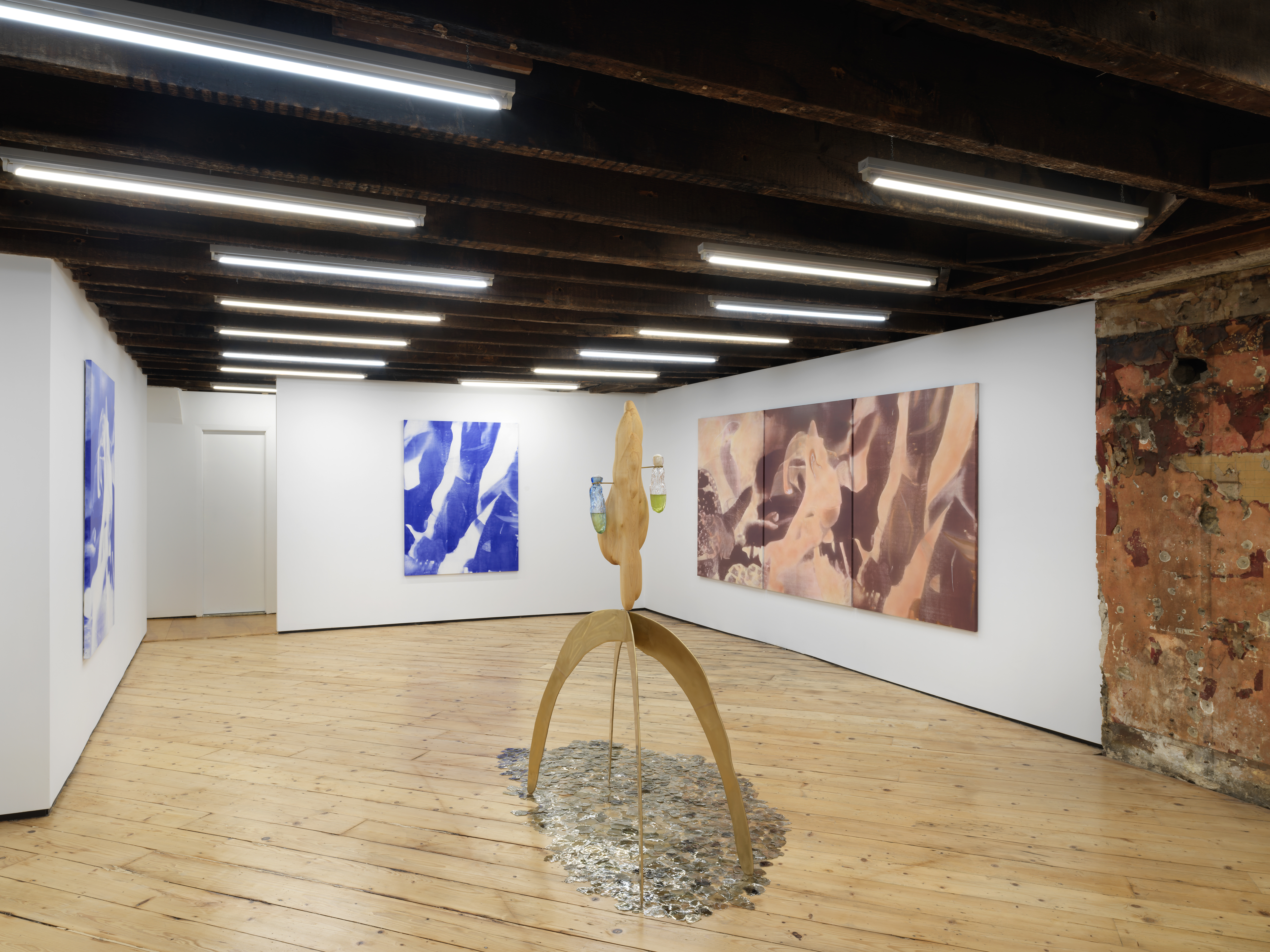
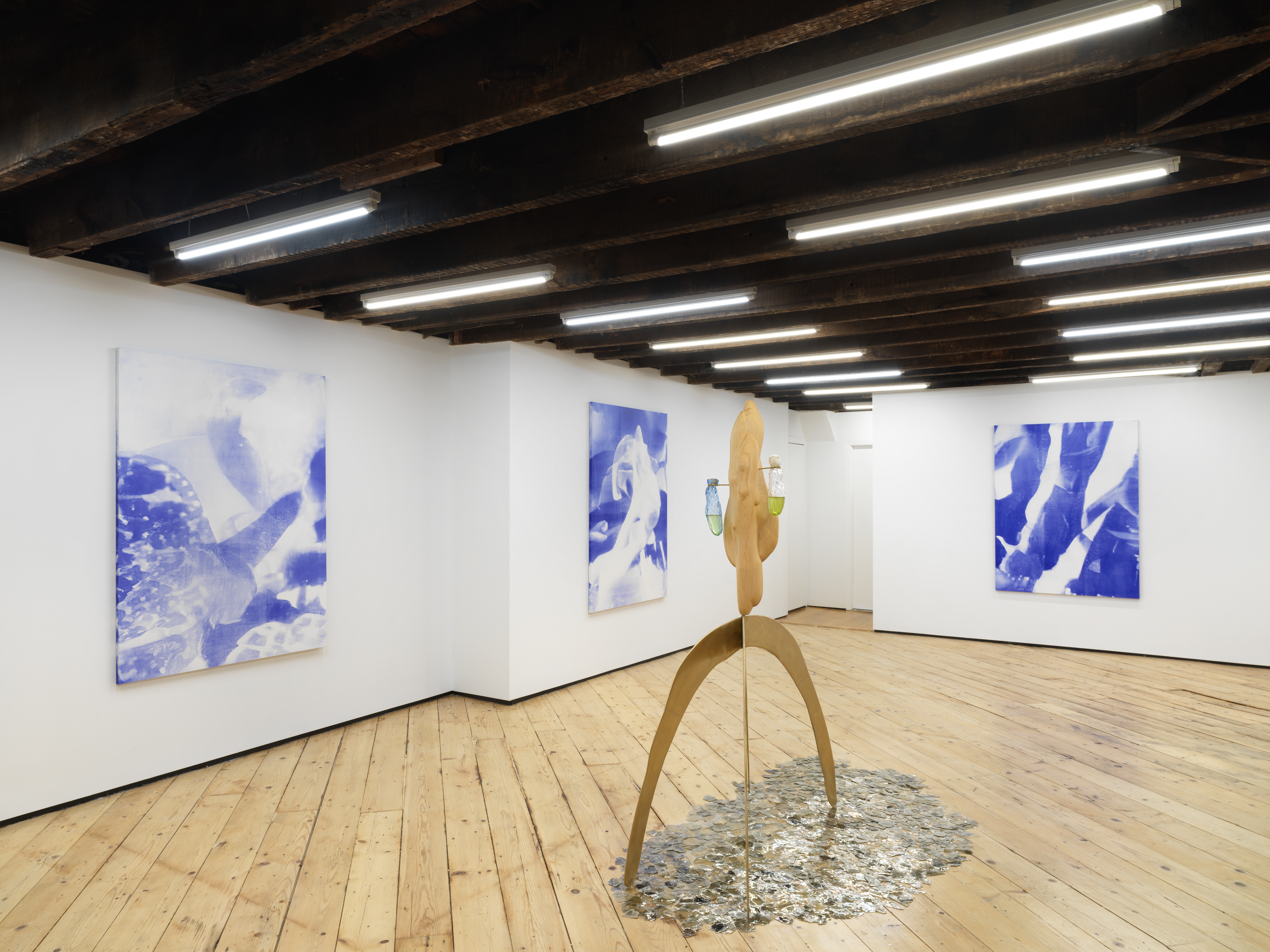
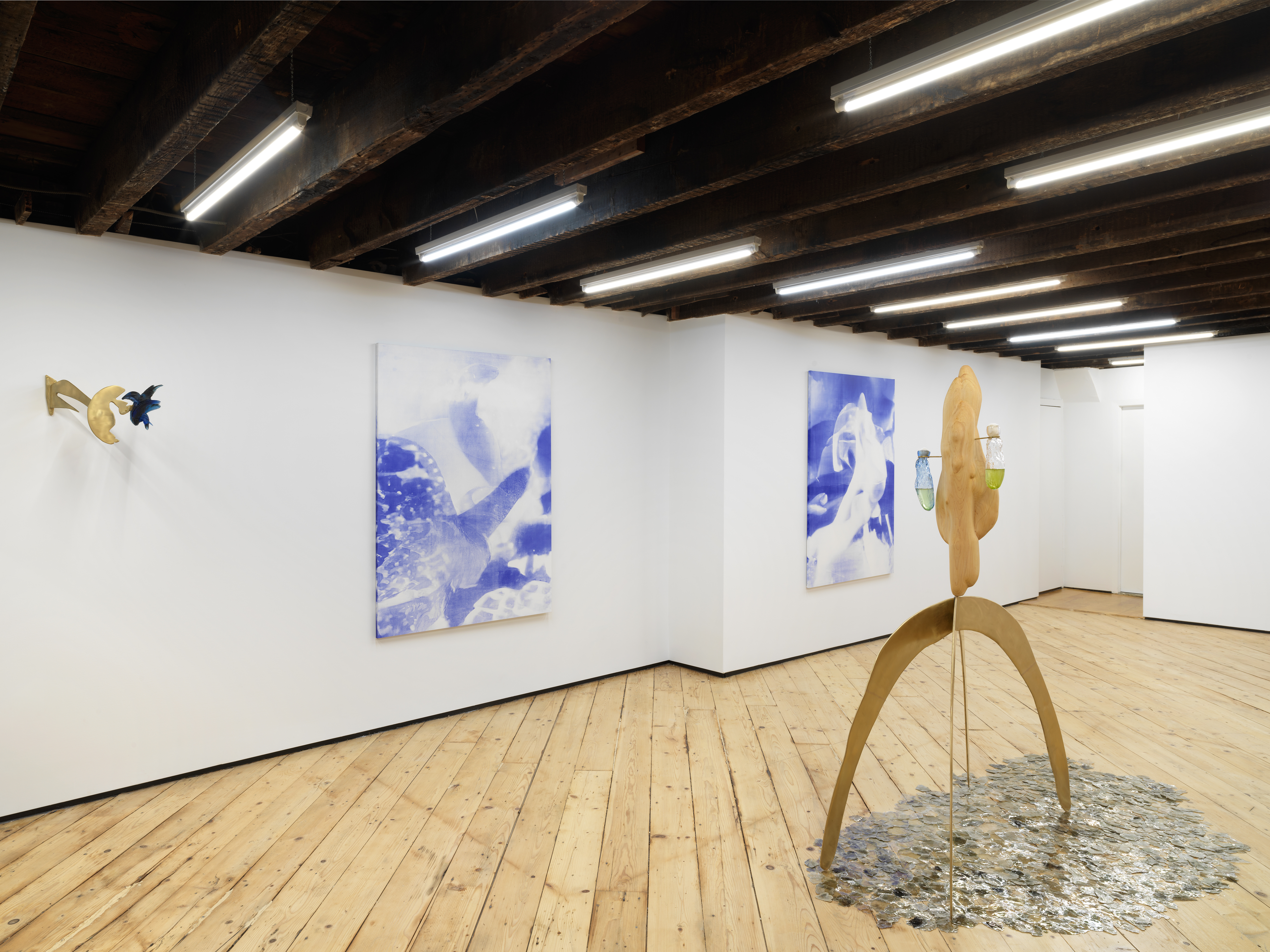
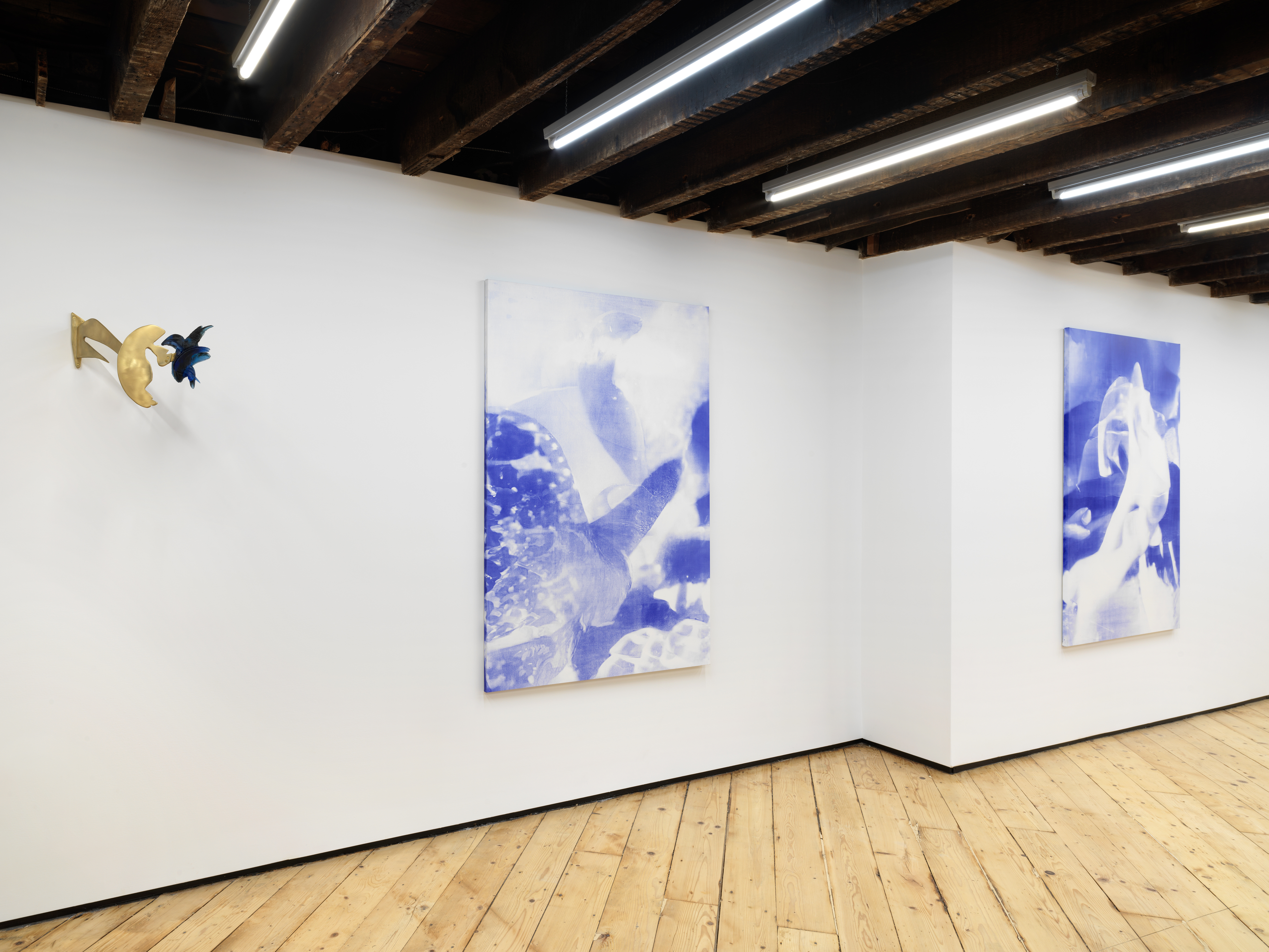

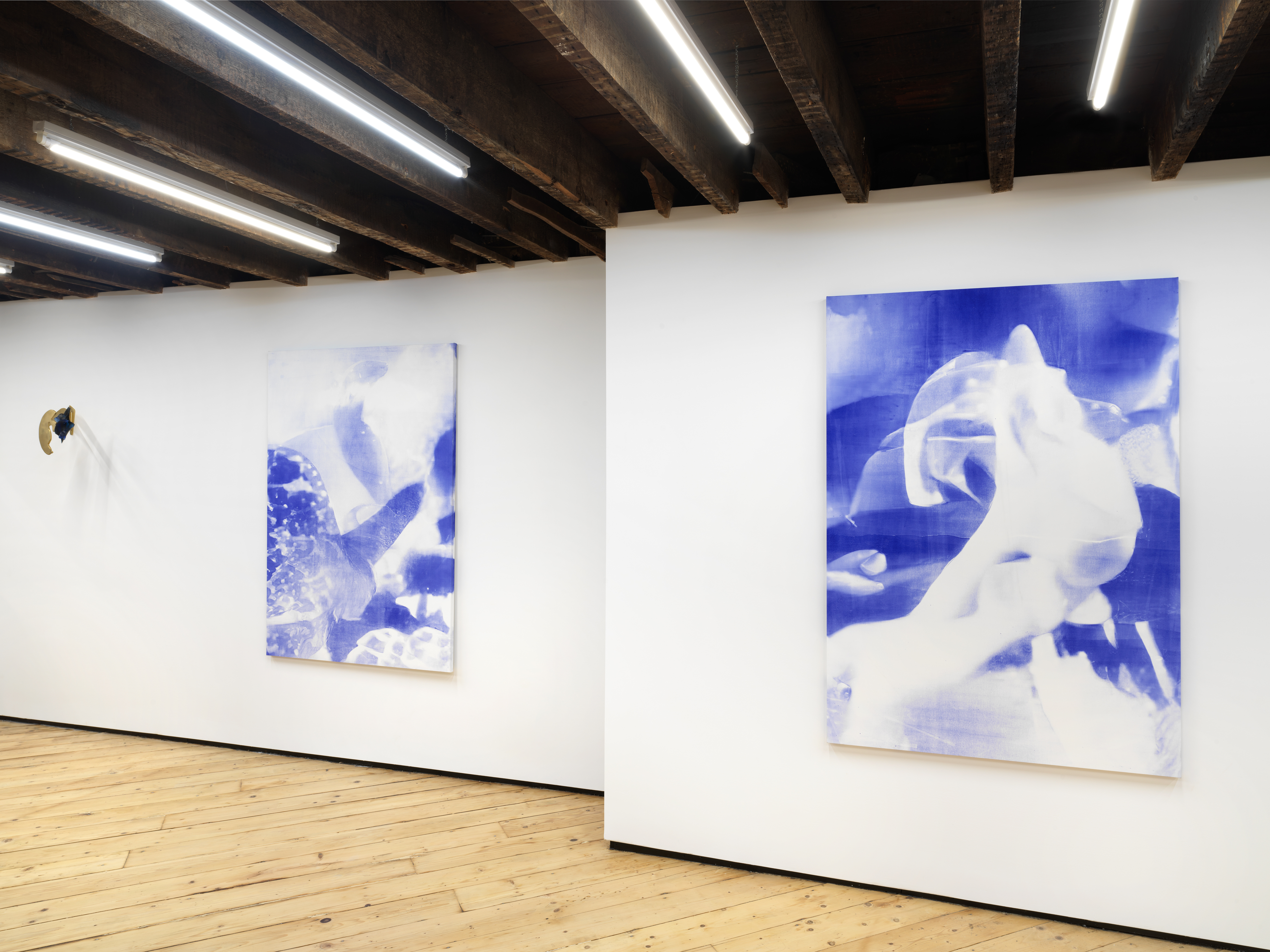

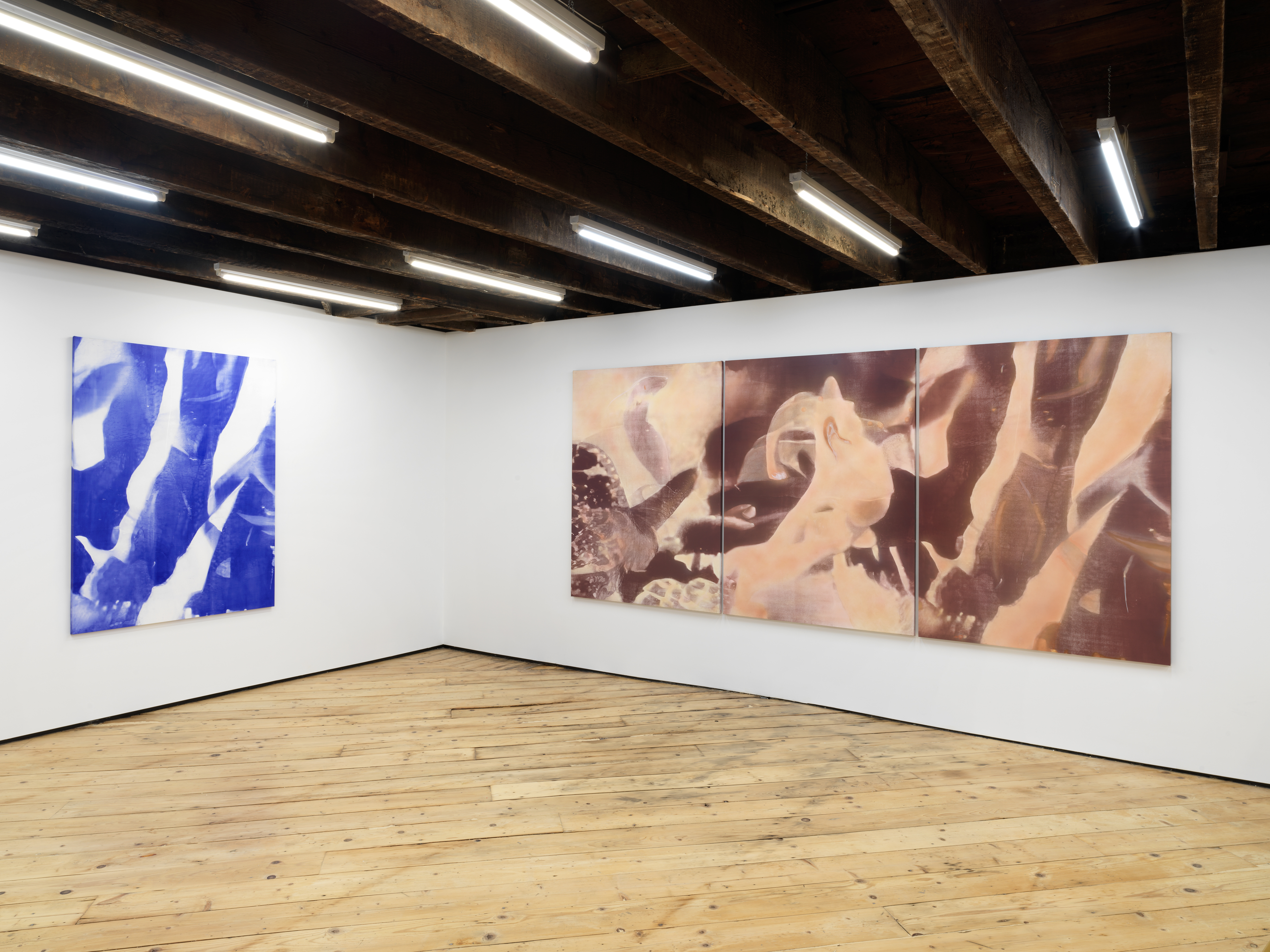




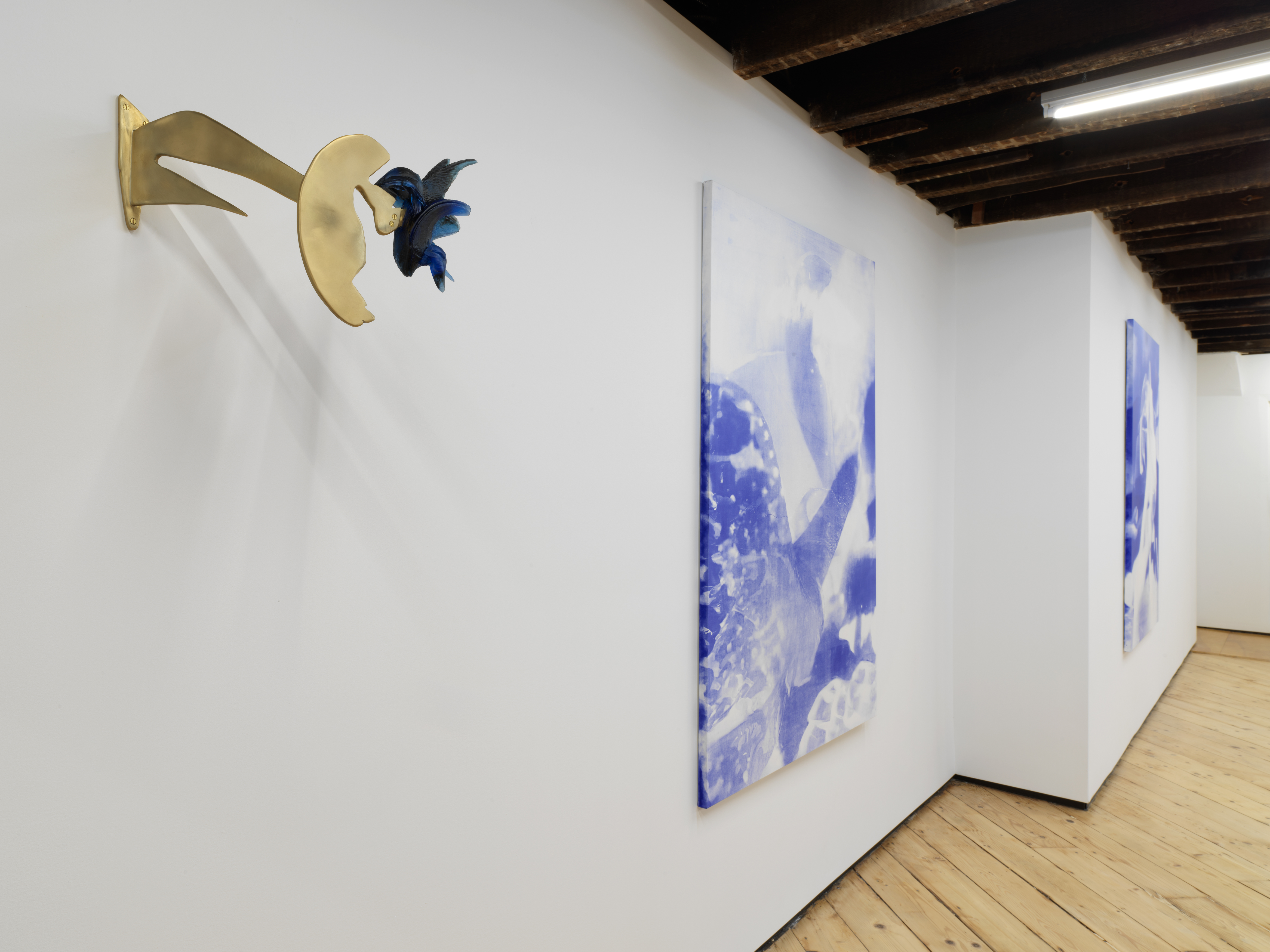
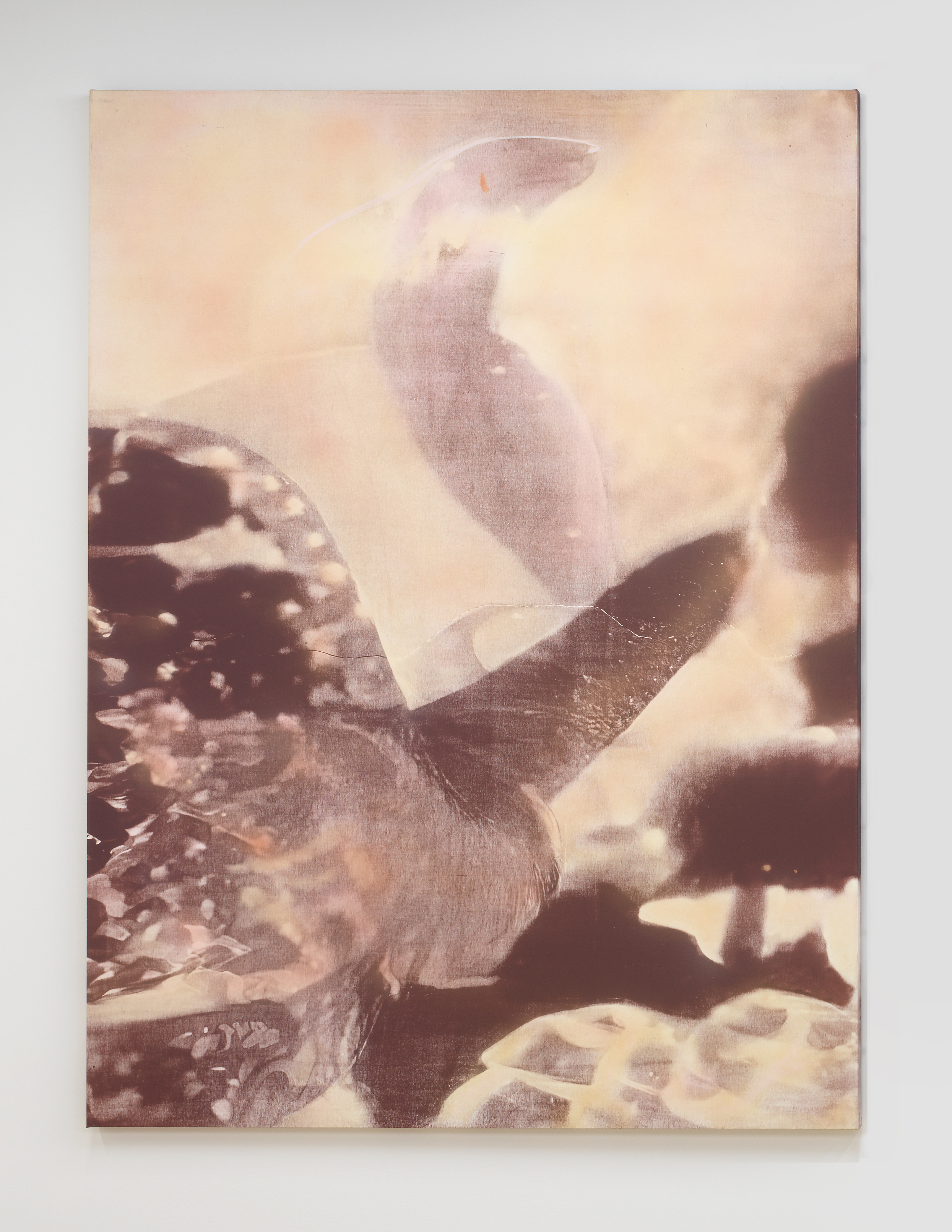
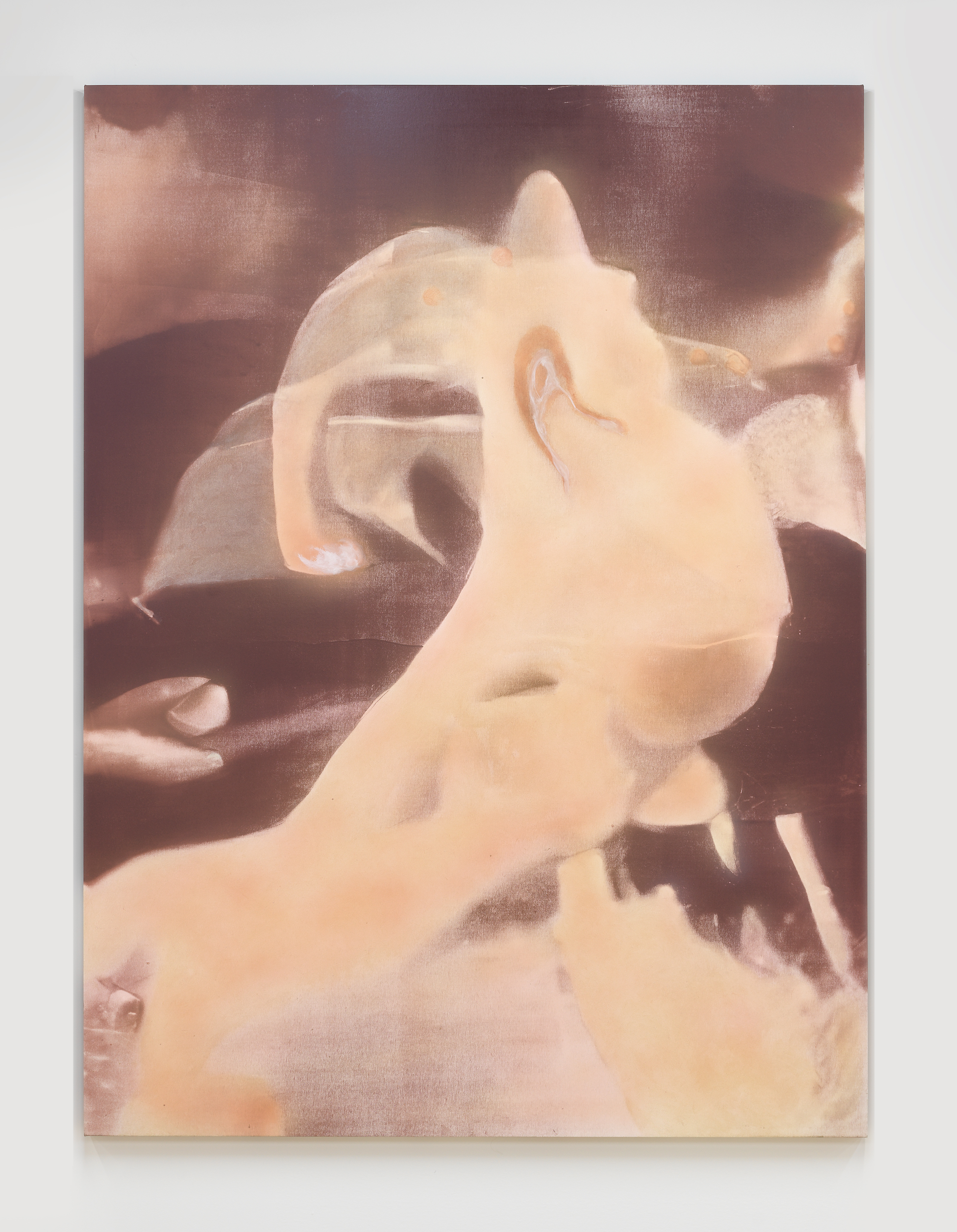
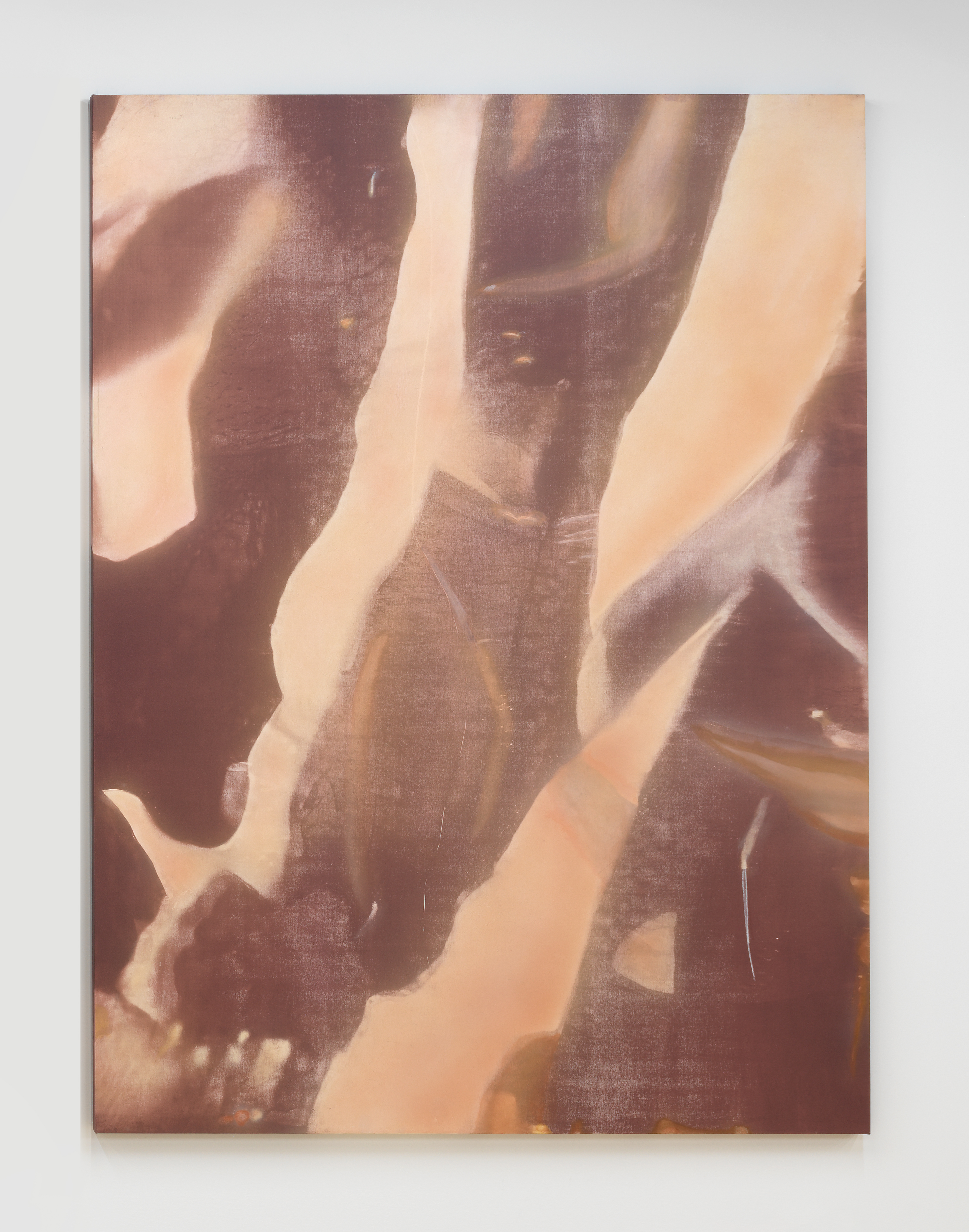
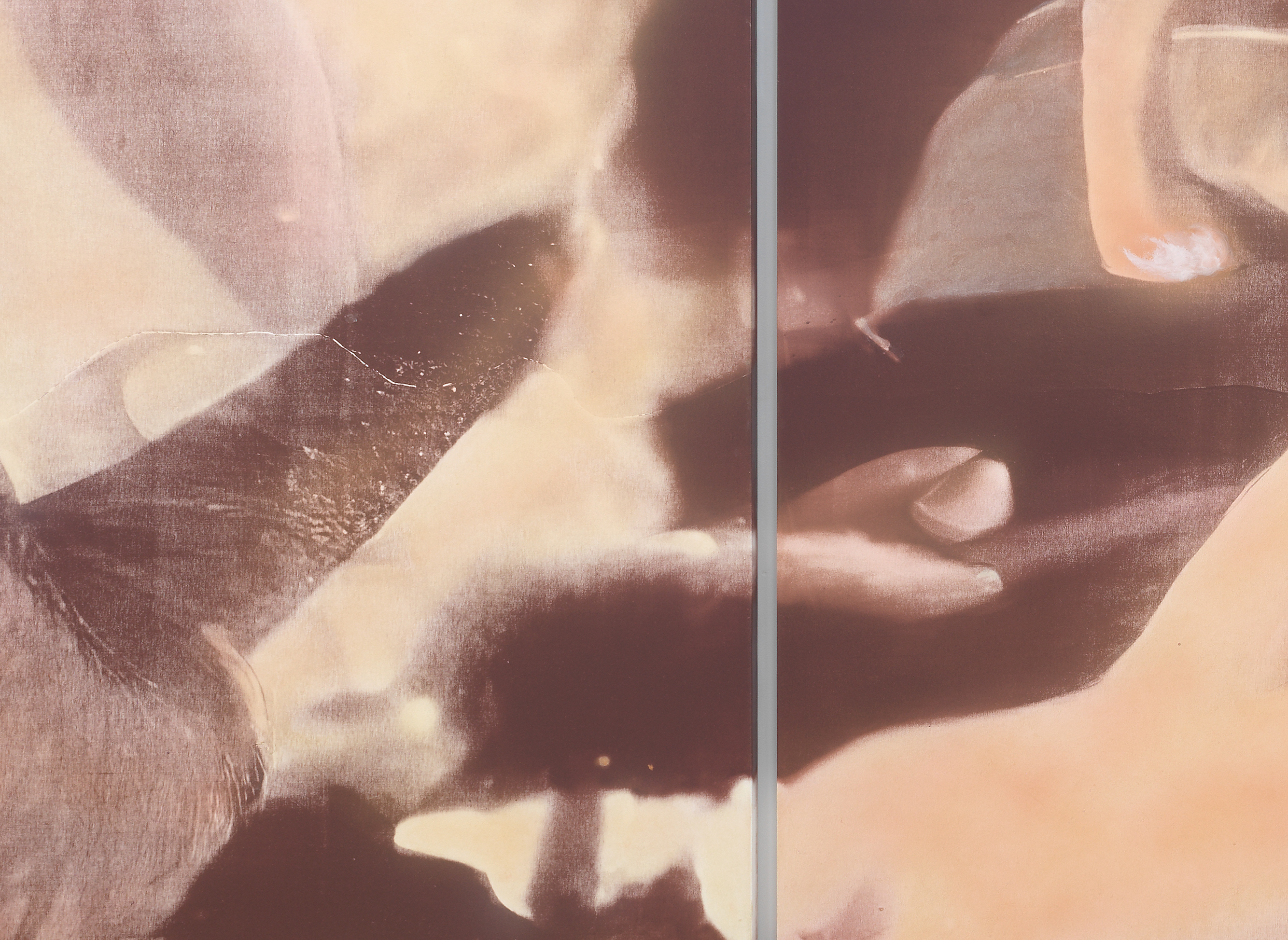


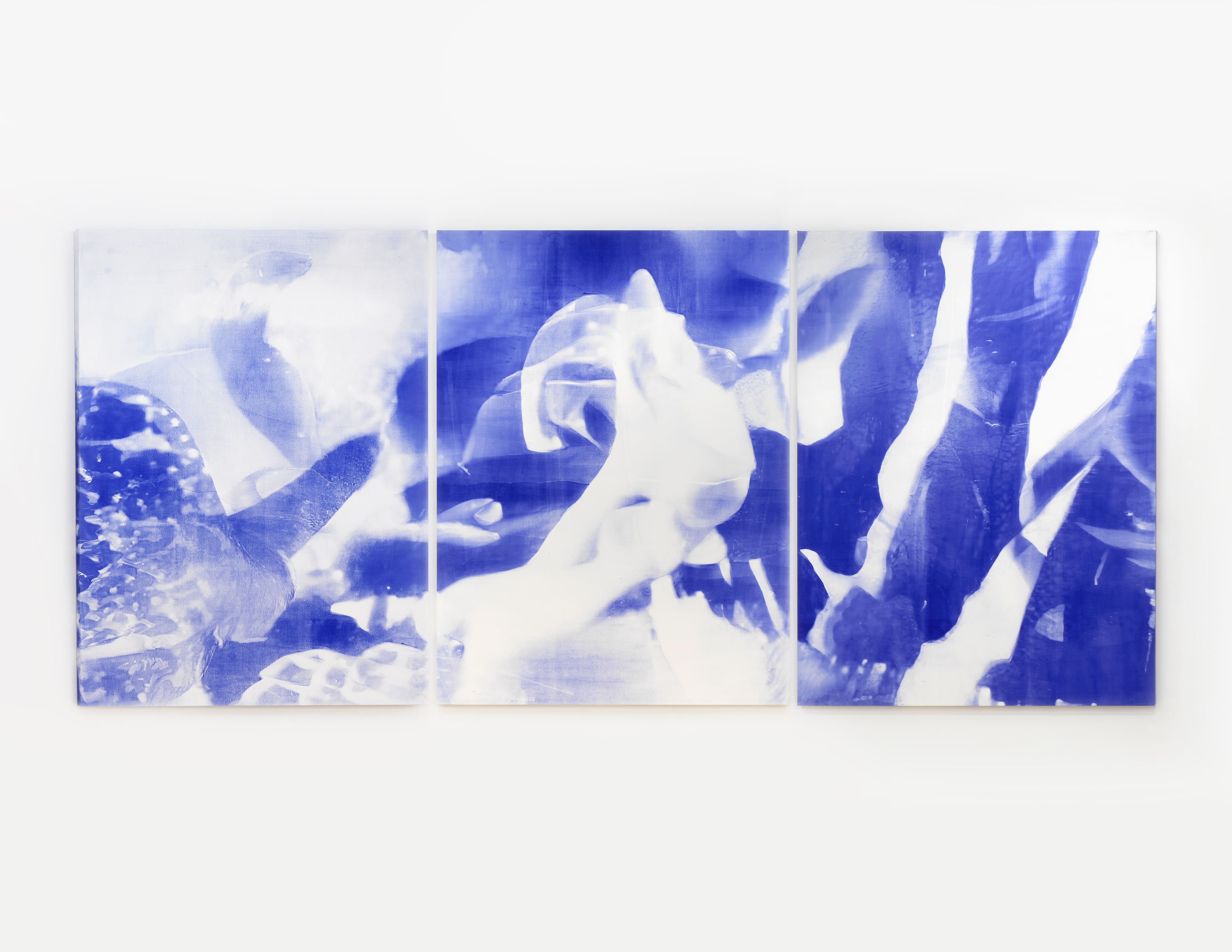
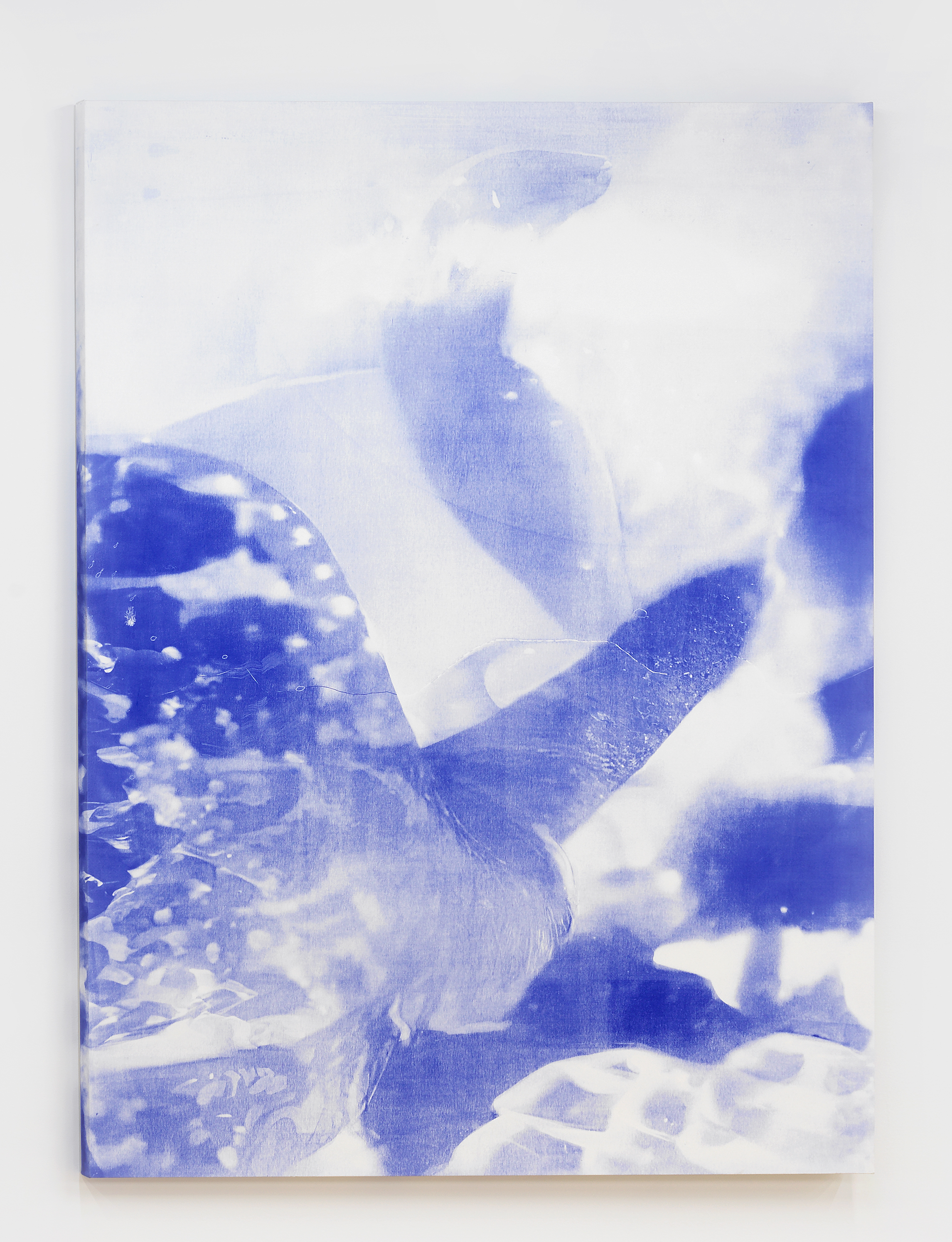
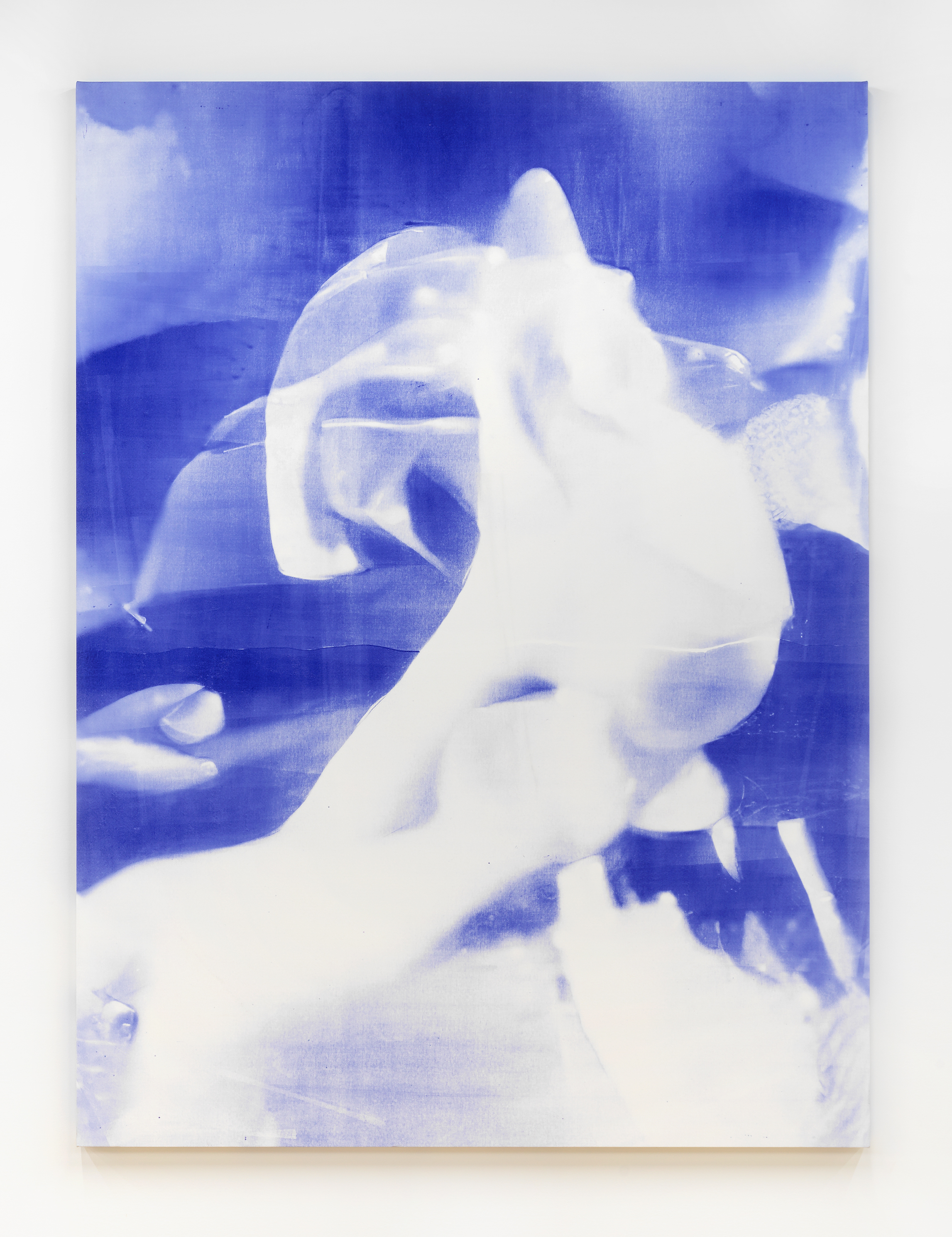







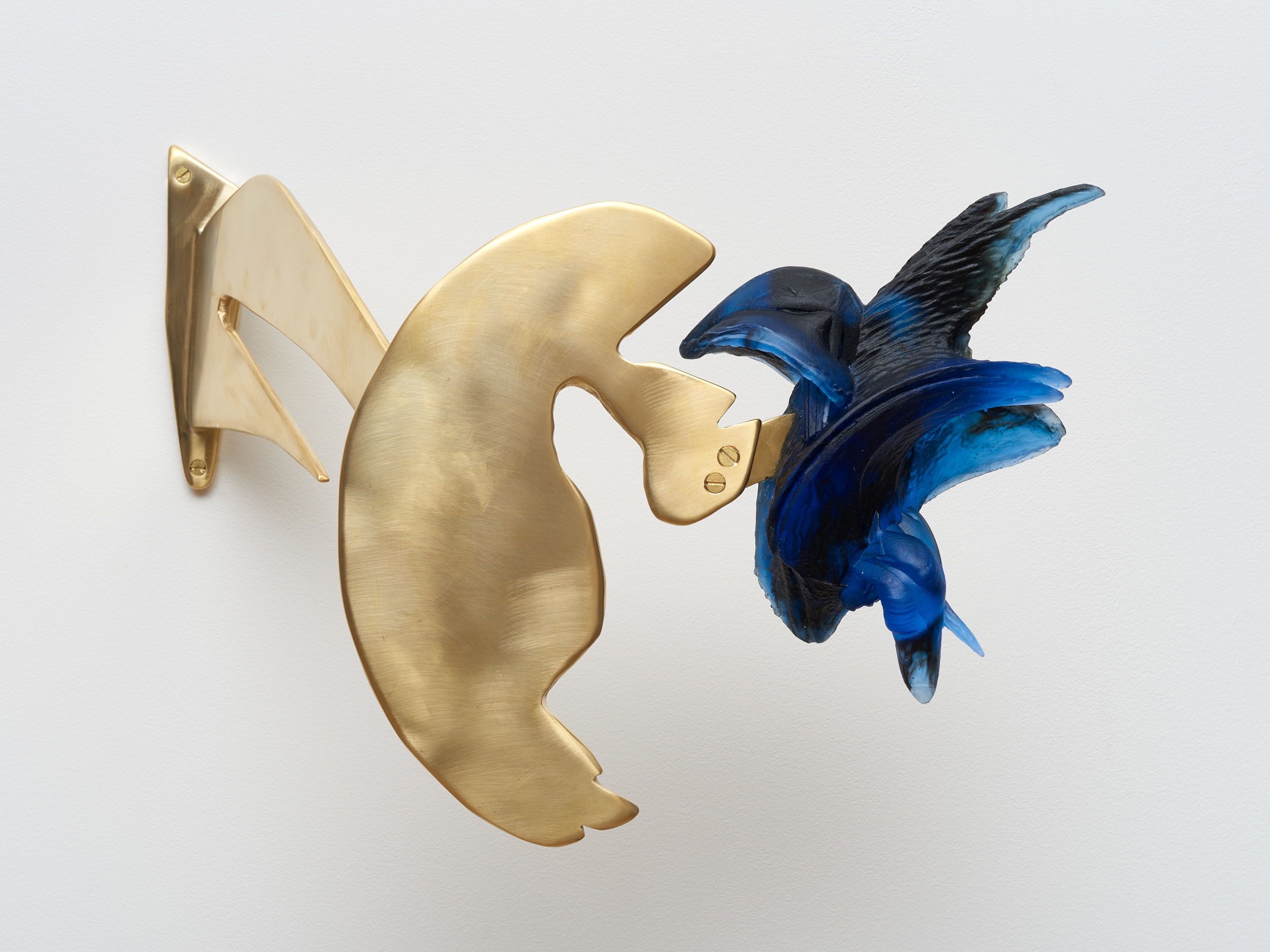
Thanks to: L'Institut de la mer de Villefranche (IMEV), Arcana Metals Inc., Conrad Schmidt and Ezra Ardolino (Timbur LLC), Institut Français (Villa Albertine), Lorenzo Wolff, Evan Tyor, Michael Woolworth, Firas Safieddine, Meredith Thomas, Louise Marchand, Inria Saclay Centre, Rick Cernak, ISCP, Hiroshi Yoda, Alex Ito.
Photography by Dario Lasagni